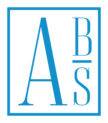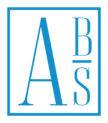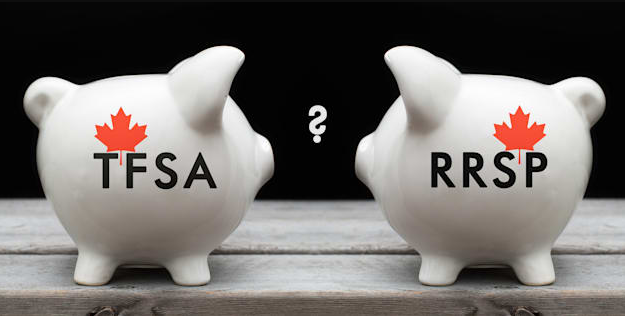RRSP or registered retirement savings plan and TFSA or tax-free saving account are the two most widely used tax savings accounts for Canadians. Which one is the right choice? The answer depends on the age, income level, tax bracket and retirement goals of the individual taxpayer.
TFSA
The annual contribution limit for a TFSA for the year 2020 is $6000. You can invest in a TFSA as soon as you turn 18. You can invest in a variety of products such as ETFs, stocks and GICs. Contributions to a TFSA are not tax deductible against your income. You invest your post tax money in a TFSA and any income you earn on your investment is tax free. Which means you do not have to pay any taxes on your withdrawals. So, if you have the funds, you can max out your contributions to reap the benefits.
RRSP
To begin, RRSP is a registered retirement savings plan. The annual contribution limit for a RRSP is $27,830 for 2020 or 18% of your earned income, whichever is lower. The main difference between a RRSP and a TFSA is that RRSP contributions are deductible against your income for tax purposes. They help to reduce your tax payable. Any money you put into a RRSP is not taxed and any gain on your investments is also not taxed. This is particularly beneficial to individuals at the higher tax brackets as moving their income to a RRSP helps to move them to a lower tax bracket. E.g. if you have employment income of $165,000 for the year 2020, making a RRSP contribution of just $15,000 enables you to move from the Federal income tax rate of 29% to 26%. This results in a saving of $3,776.38 alone at the Federal level alone.
Furthermore, the main purpose of investing in a RRSP is to minimise your tax liability by differing your income to your retirement years. Generally, your income is lower once you retire and so will be paying lower taxes on your withdrawals from the RRSP. However, the RRSP must mature by December 31 of the year you turn 71. At that time, you can convert your RRSP to a RRIF or Registered Retirement Income Fund.
Conclusion
To conclude, if your marginal tax rate is relatively high and you expect it to be lower once you retire, RRSP is the obvious choice. However, if your income and tax rate are relatively high at the time your RRSP matures, you will pay a high tax rate on the annual withdrawals from your RRIF. You could also lose other benefits such as the Old Age Security Supplement or OAS.
Even though a TFSA does not provide for a tax deduction, it does offer flexibility and convenience as you can withdraw money from it without incurring taxes.





